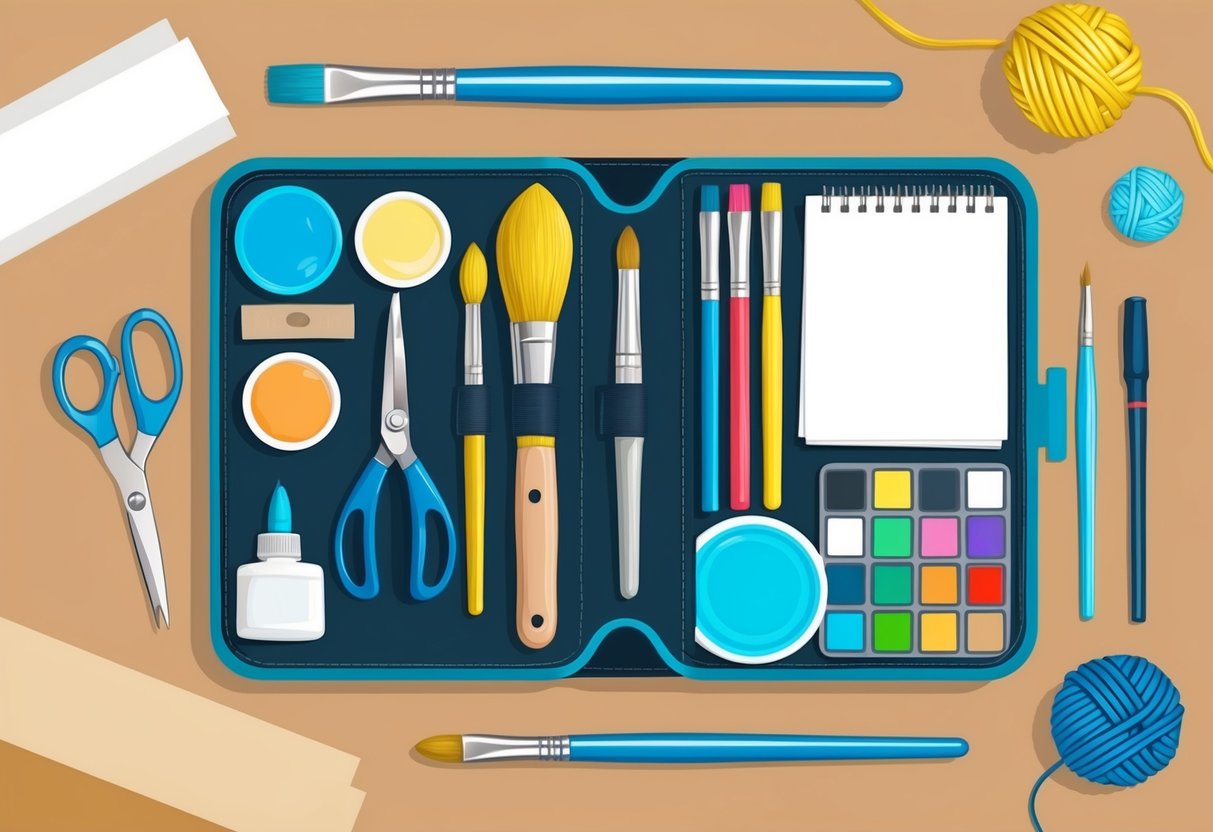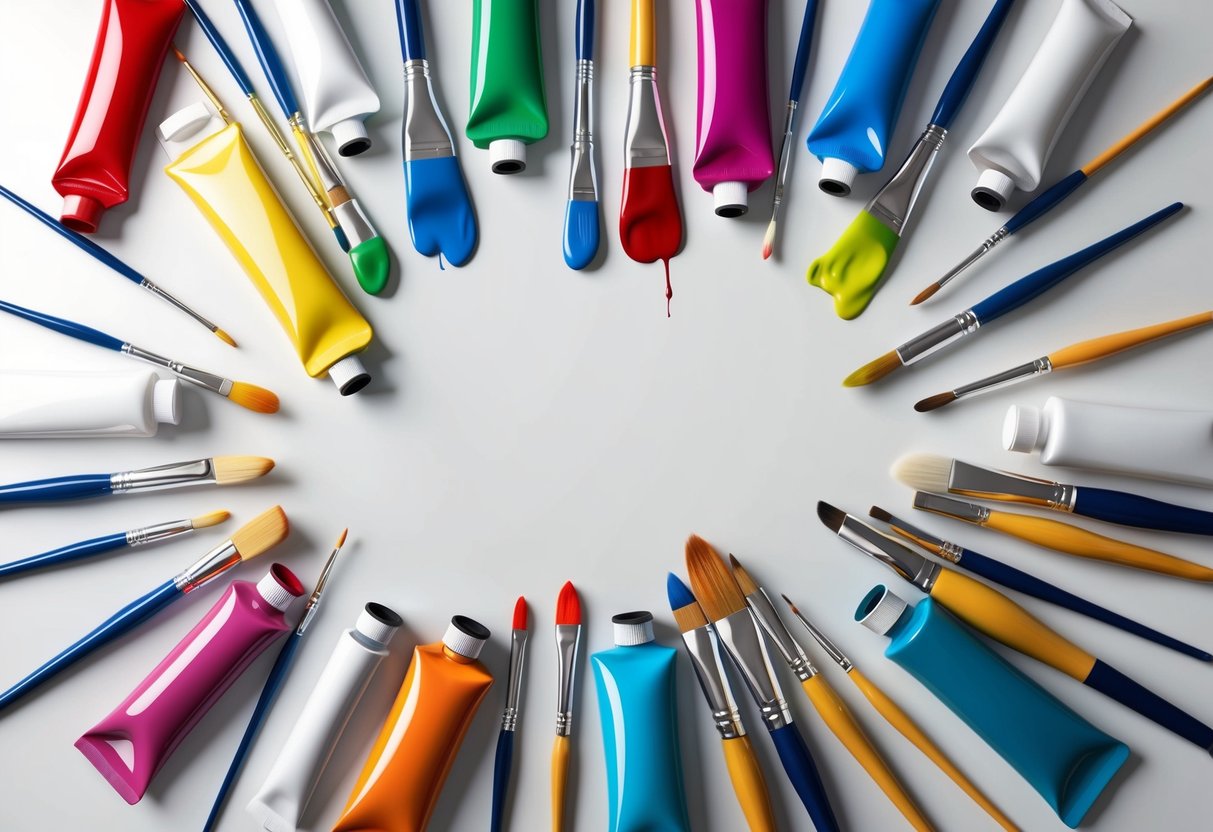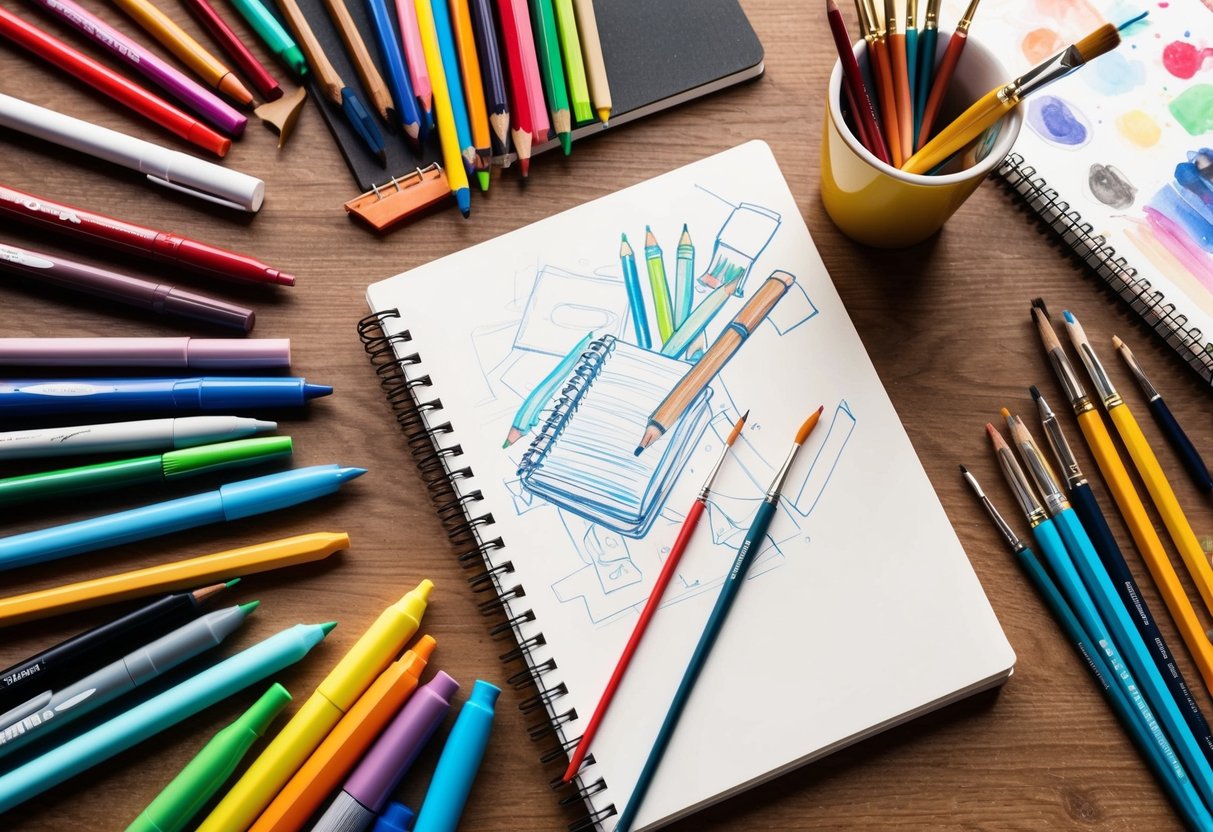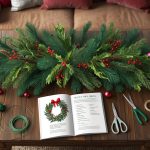
Craft Paints and Brushes

For those new to crafting, selecting the right paints and brushes helps ensure better results. Understanding the strengths of different paint types and brush varieties lets beginners find what matches their creative interests.
Acrylic Paints for Versatility
Acrylic paints are known for their flexibility and fast drying time, making them ideal for beginners. Their water-based formula means cleanup is simple, and most surfaces—including canvas, paper, and even wood—can be painted effectively.
Acrylics offer strong, vibrant colors and can be used in thin washes or dense, opaque layers. Many find that student-grade acrylic paint sets are affordable without compromising too much on quality.
Another advantage is the wide selection of colors and finishes available, from matte to glossy. It’s helpful to have a palette for mixing custom shades, which gives even more creative freedom.
For a detailed acrylic supply list, visit this beginner’s guide on acrylic painting essentials.
Watercolors for Beginners
Watercolors are valued for their translucency and ease of layering. They are a great starting point for anyone looking to experiment with painting due to their forgiving nature and low mess.
Basic watercolor kits with primary colors allow for easy color mixing. A sturdy watercolor paper is recommended to prevent warping and preserve the clarity of the paint.
Using too much water at first can result in washed-out images, so beginners should practice controlling the paint-to-water ratio. Watercolors are lightweight and portable, requiring only a palette, a cup of water, and a brush.
Crafters find that mastering simple techniques, like gradient washes and dry brush detail, helps open up a range of creative options.
Essential Paintbrushes
Choosing the right paintbrushes is just as important as selecting paints. For beginners, a small set of brushes in different shapes and sizes—such as flat, round, and detail—covers most needs.
Flat brushes are used for broad strokes and filling in backgrounds, while round brushes are suitable for lines and detailed work. Detail brushes help with fine finishing touches or intricate designs.
Synthetic bristles are usually the best choice for both acrylics and watercolors, as they are durable and maintain their shape. It’s important to wash brushes thoroughly and reshape them after use to maximize their life.
Having at least three or four sizes available allows for better versatility. For more information on specific brush types and uses, check out these essential recommendations for paintbrushes and craft tools.
Markers and Drawing Materials

For any beginner artist, carefully chosen drawing materials are crucial. The right markers, erasers, and high-quality drawing paper can make a noticeable difference in creative projects.
Markers for Artistic Expression
Markers are a versatile choice for many creative visions, offering vibrant color and control for sketches, designs, and artwork. Beginners benefit from water-based markers for easy blending and clean lines, but alcohol-based markers are preferred by many for their smooth application and professional finish.
Key marker features to consider include tip variety (fine, chisel, brush), color range, and ink type. Dual-tip markers are especially useful, allowing for both detail work and broader strokes with a single tool.
Popular brands like Copic and Prismacolor are known for reliability and color intensity. Markers dedicated to artistic expression allow beginners to experiment with layering, shading, and blending.
A basic set with a wide color spectrum can support most starter art projects. Markers are also easy to store and transport, making them practical for artists on the go.
Erasers for Clean Work
Erasers are more than simple tools for correcting mistakes; they offer control and can highlight details in sketches and drawings. A high-quality eraser should lift graphite or pigment cleanly without damaging the drawing paper.
There are a few main types ideal for beginner artists:
- Kneaded erasers: Pliable and can be shaped to erase tiny details or larger areas, ideal for charcoal and graphite.
- Vinyl erasers: Known for precision and durability, they erase clean lines on high-quality paper.
- Gum erasers: Soft and gentle, these work well on delicate paper but crumble quickly.
Using the right eraser helps maintain the integrity of art supplies and preserves the surface of drawing paper. Replacing erasers as they wear out ensures continued clean results.
High-Quality Drawing Paper
The foundation of any drawing is the paper itself. Not all paper is suitable for markers, as thin or poor-quality paper may bleed or feather under wet media.
Beginner artists should start with drawing pads labeled for markers or mixed media to ensure crisp application and vibrant color. High-quality drawing paper typically has a heavier weight—measured in gsm (grams per square meter)—which resists wrinkling.
Smooth or vellum finishes allow for even ink distribution and detailed work. Brands like Strathmore and Canson offer well-reviewed options for those wanting reliable results.
Drawing paper designed for markers can also handle repeated erasing and layering. This helps beginners experiment confidently and refine their technique without damage.
For more information, see this guide on essential craft supplies for beginners.



